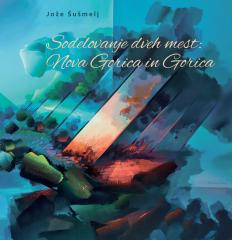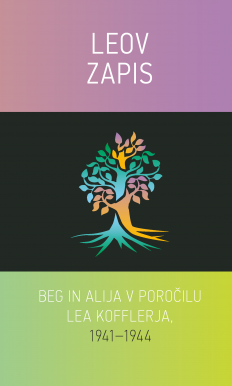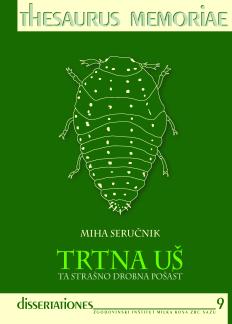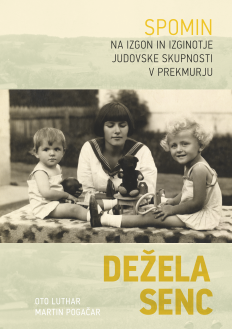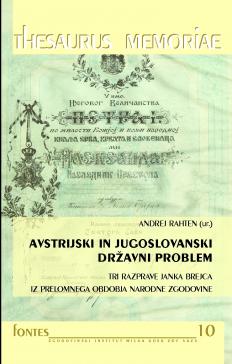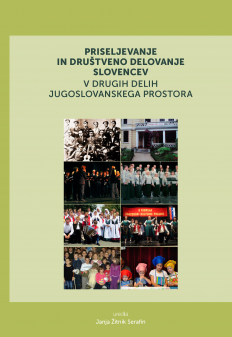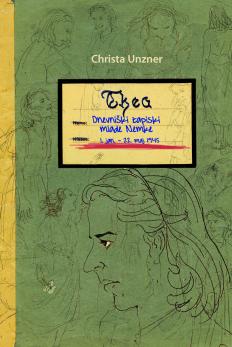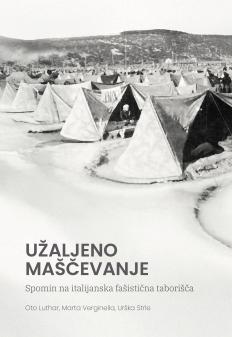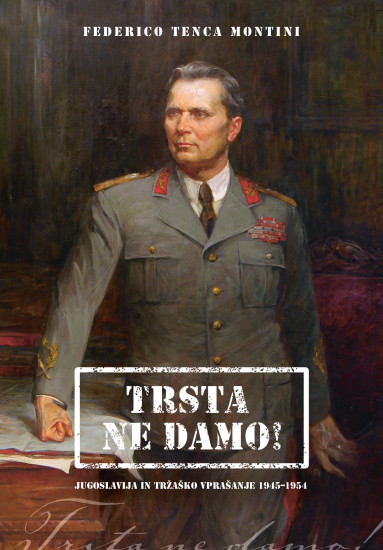
What were the goals of Yugoslav diplomacy in managing the Trieste question, a decades-long territorial dispute that was one of the most important foreign policy controversies in post-World War II Europe? This volume, the result of in-depth research in the most important archives in Belgrade (Diplomatski arhiv ministarstva spoljnih poslova i arhiv jugoslavije), Zagreb (Hrvatski državni arhiv) and Ljubljana (Arhiv Republike Slovenije), finally clarifies some aspects that could only be suspected in the reconstructions available so far. The monograph, which benefits from a rich multilingual bibliography in addition to the large number of unpublished documents, is divided into three chapters that follow the main caesuras in Yugoslav history of the period under study: the liberation of Trieste in May 1945, the expulsion from the Cominform in 1948, and the issuance of the Bipartite Note on October 8, 1953, the Anglo-American decision to dissolve the Free Territory of Trieste by dividing its two zones (A and B) between Rome and Belgrade.
hardback 16,5 × 23,5 cm 256 pages
Keywords
foreign policy | Free Territory of Trieste | history | Italy | legislation | Question of Trieste | World War 1939-1945 | Yugoslavia

